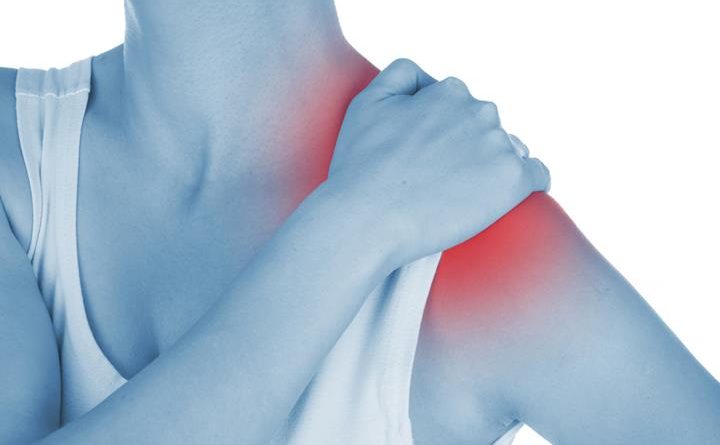Coping with RA Shoulder Pain
RA affects the shoulder in 65 to 90 percent of patients reporting symptoms, especially pain affecting the shoulder. When the shoulder is affected by RA, a range of common tasks and movements are made impossible or difficult, resulting in pain, discomfort and significant disability.
The sooner diagnosis is made and treatment commenced, the greater the chances that joint damage will be prevented or minimized. To slow down or prevent structural damage to the joints, disease-modifying anti-rheumatic drugs (DMARDs) and newer biologics are recommended. The shoulder and other joints can, therefore, often be preserved and their function maintained.
How RA Affects the Shoulder
In the later stages of RA, pain and inflammation tend to affect the shoulder resulting in limited movement. Swelling and inflammation of the shoulder may be difficult to detect because of the location of the joint. As such, swelling is rarely detected during a physical examination. Pain may be experienced during the night. Function impairment occurs from a combination of several factors such as pain, decreased range of motion as a result of swelling and joint deterioration and loss of muscular strength. In older patients, co-occurring rotator cuff tears may lead to further impairment of shoulder function.
How RA-related Shoulder Involvement is Treated
Depending on the symptoms, nature and extent of damage together with the patient’s needs and goals, treatment of RA-related symptoms in the shoulder can take different forms. Drug, non-drug or surgery treatments can be used.
- Drug Treatments
Initial treatment of RA shoulder pain should involve medications that control pain and inflammation such as analgesics (NSAIDs), DMARDs and glucocorticoid injection. Direct glucocorticoid injection into the shoulder joint may be useful in the control of acute inflammation.
- Non-drug Management Approaches
To relieve acute pain in the shoulder, adequate rest, restricted activity and heat or cold application for 20 to 30 minutes a day, two to three times a day, is recommended. Physical therapy and other forms of rehabilitations such as massage are useful in improving and maintaining strength and range of motion. Dietary supplements such as chondroitin sulfate and glucosamine may help in pain relief. There is, however, no solid scientific evidence of the benefit of such substances.
- Surgery
Surgery may be used if shoulder function is lost and if joint symptoms are not responding to medication and other management approaches. The aim of surgery is to restore or improve joint function and to relieve shoulder pain. Surgical intervention options include shoulder replacement or arthroscopic surgery to get rid of tissue from the joint.
If loss of joint space is visible on x-ray, shoulder replacement surgery is considered. Some of the other factors that could influence the decision to have shoulder replacement are loss of function, level of pain, rotator cuff injury and patient preference. Shoulder replacement surgery provides long-term relief of pain.
On the other hand, arthroscopic surgery for the removal of damaged tissue from the joint is most effective if performed early before RA-related shoulder joint damage is severe. This form of surgery provides significant shoulder pain relief for an average of six years.
Featured Image: DepositPhotos/iliyha12
Posted on March 24, 2023



